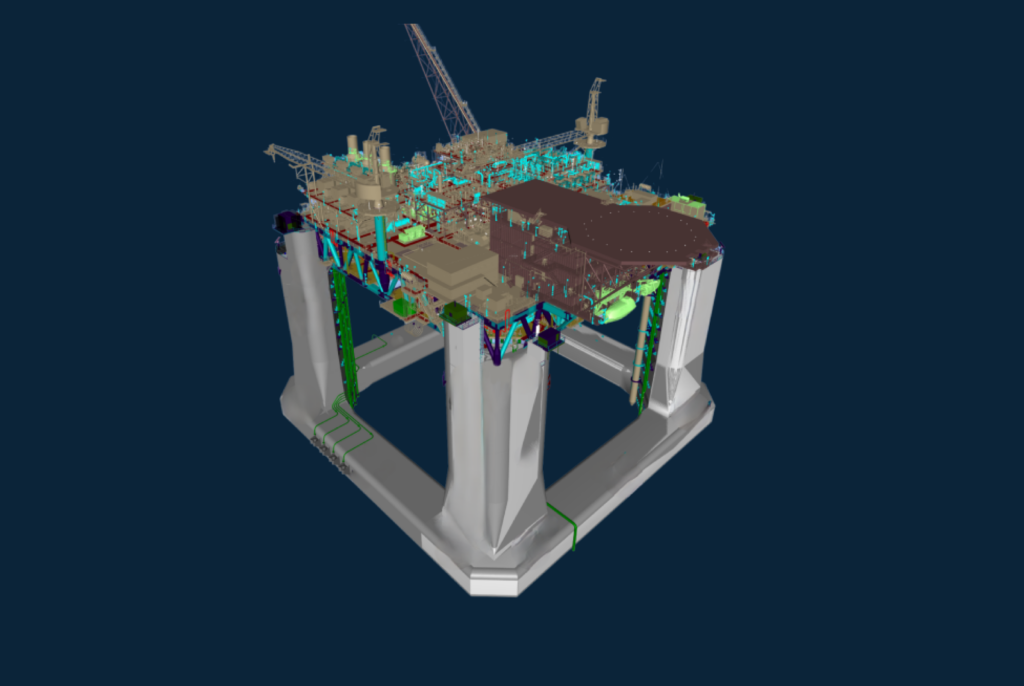

Want to share this article?
The Technology of Offshore Arctic Exploration and Production
While offshore exploration and production (E&P) remains a highly technical and regulated process, decades of experience and standardization have made such ventures more than manageable.
However, companies have increasingly been turning their attention to the Arctic and its offshore reserves, bringing into focus a whole new set of challenges and considerations for offshore operations in the Arctic. Engineers must understand additional aspects of the process, from analyzing the impact of ice on structures to better understanding the wave dynamics and currents in and around the Arctic Circle.
As such, what offshore technologies are useable and required in arctic offshore environments? Choosing the best solution depends heavily on the condition of sea ice and the depth of water to be drilled in. Jack-up rigs are useful in shallow water — which is fairly common in the Arctic — but have the disadvantages of requiring specific modifications to handle sea ice conditions and special arctic-class barges to move them in and out of place. Semi-submersible vessels are capable of handling somewhat deeper arctic waters, but they too suffer from sea ice management, making them unsuitable for high-arctic environments but manageable (with modifications) in sub-arctic conditions. Self-propelled drilling vessels offer a third viable alternative, as they can be purpose-built with specifically shaped, hardened hulls and equipment protections. However, as of February 2013, availability of these types of vessels was relatively limited, and leasing costs were expensive. Other technological considerations for arctic offshore E&P include the need for icebreakers to re-direct ice floes, improved spill-recovery mechanisms, and proper de-icing systems for helipad operations.
Events like the Arctic Technology Conference (ATC) bring together people from numerous fields to further innovate technologies and methods that aid in offshore arctic and sub-arctic E&P. ION’s Narwhal ice visualization, analysis, and tracking software and Fugro’s GeoSAR radar-based ice mapping system are examples of modern arctic offshore technologies spotlighted at ATC 2014 that may help companies planning future endeavors into the Arctic region.












